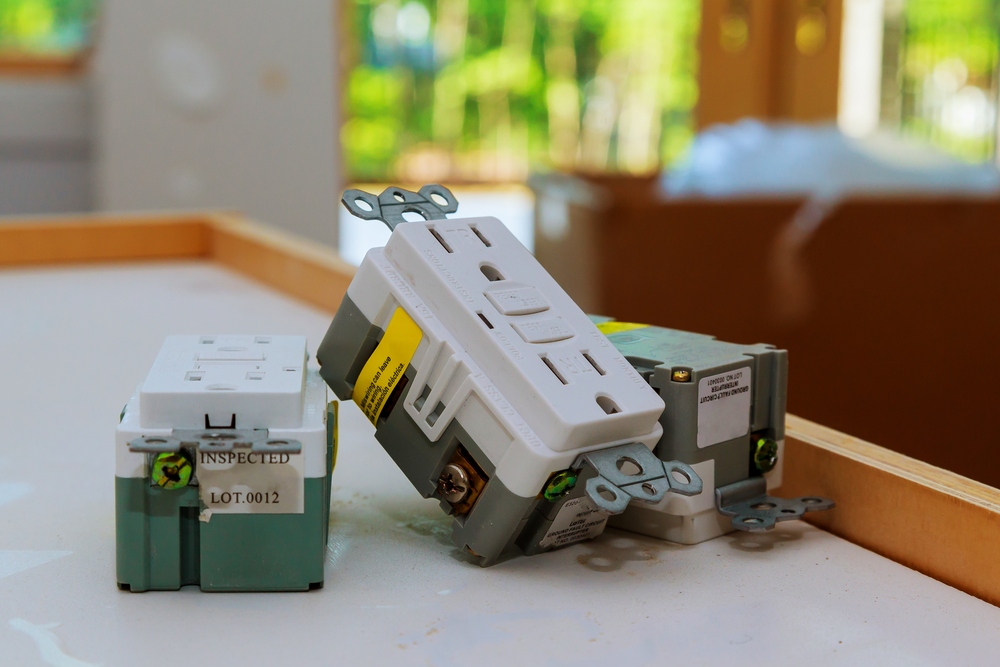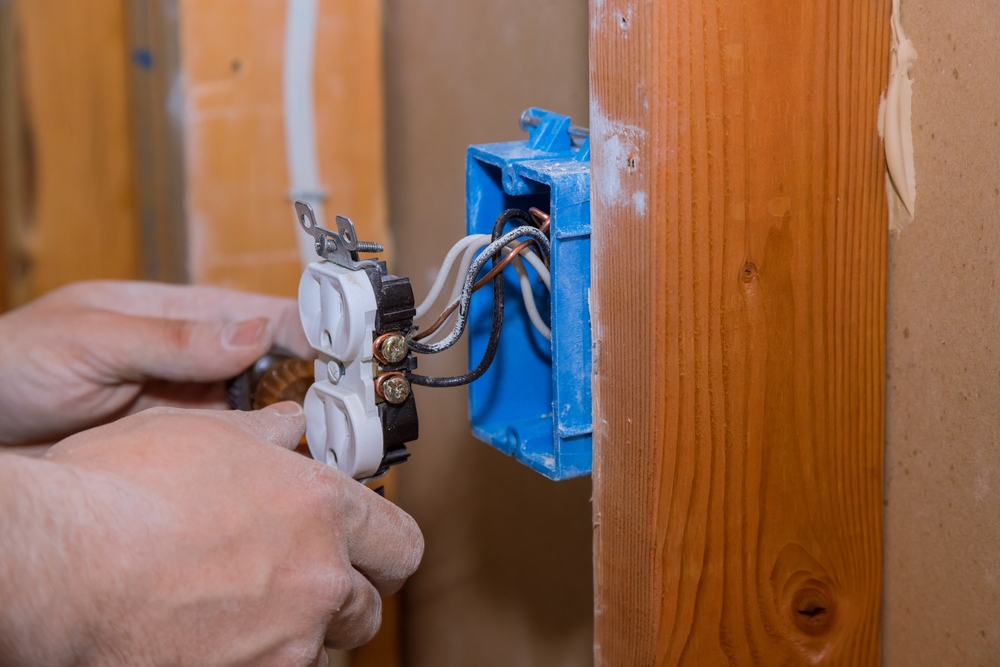
If the two-prong vs. three-prong outlet debate is confusing to you we are here to provide some clarity. We have created an extensive outline to help you learn more about what two-prong plugs are, how they differ from three-prong outlets, and why our team recommends upgrading to three-prong outlets to keep your family safe.
What Are Two-Prong Outlets?
Two-prong outlets are electrical outlets that contain two wires, one neutral wire and one hot wire. They are most commonly found in homes that were built prior to the 1960s. Although two-prong outlets are legal, they are not the ideal option for the electrical demands of modern homes.
Are Two-Prong Outlets Dangerous?
When comparing two-prong outlets vs. three-prong outlets, you have to consider that two-prong plugs don’t have a grounding wire. This means that power surges put you at a higher risk for electrical shocks, property damage, and fires.
Risks of Keeping Your Old Two-Prong Outlets
1. Electrocution
With no grounding wire, two-prong outlets have no way of redirecting the excess power outside. Strong enough electrical currents that flow through the outlet can cause severe electrocution.
Tips and Insights: What Are the Differences Between 15 Amp and 20 Amp Electrical Outlets?
2. Electronics and Appliance Damage
The lack of grounding wire forces surplus electricity from a power surge to enter any electronics and appliances that are plugged into a two-prong outlet. The effects of the power surge can render belongings unusable.
3. Fire
Surplus electricity from a power surge can also enter the walls and flooring in your home, making them more likely to catch fire.

How to Update Two-Prong Plugs
The best way to give your outdated two-prong outlets a much-needed upgrade is to replace them with three-prong models. Given the sensitive nature of electrical outlets, we recommend leaving any replacements up to a licensed electrician.
What Are the Differences Between Two-Prong and Three-Prong Outlets?
Both two-prong and three-prong outlets have one neutral wire and one hot wire. The primary difference between the two is that three-prong outlets also have what is called a grounding wire. This third wire protects your home from shocks and fires by tripping the electrical panel after a power surge has occurred. Three prong plugs are designed to redirect the surplus electricity outside your home so you and your family remain safe.
Tips and Insights: Why Does My Light Switch Feel Warm? Issues and Ways to Respond
4 Reasons Your Outlets Are Sparking
Want to know why your outlets are making sparks? Take a look below at the top four reasons.
- Running Current: Minimal sparks may appear when you initially plug a cord into an outlet. However, do not be alarmed. This is just the electrical current coming in contact with the metal prongs to complete the circuit.
- Moisture: Water and electricity don’t mix. Electrical outlets may spark if they become moist.
- Overloading: Beware of plugging too many cords into one outlet. Doing so can overload the outlet with electrical demand and create sparks.
- Age: Just like any other household appliance, your electrical outlets experience natural wear and tear over time. If your outlets haven’t received an upgrade in a while, they may start to spark.

Electrical Repair and Installation Services
If you need help upgrading from two-prong outlets to three-prong outlets, give our team of professionals a call at (484) 206-8594 to book an appointment. Our team of local electricians in New Castle, PA and other areas offer dependable outlet installation and replacement services for homes. In addition, our team provide other types of electrical repair services including lighting installation, ceiling fan repair, appliance wiring installation, and electrical panel replacement. You can trust the team at WM Henderson to keep the lights on no matter what. Give our team a call at (484) 206-8594 to receive help with an electrical issue in your house.

